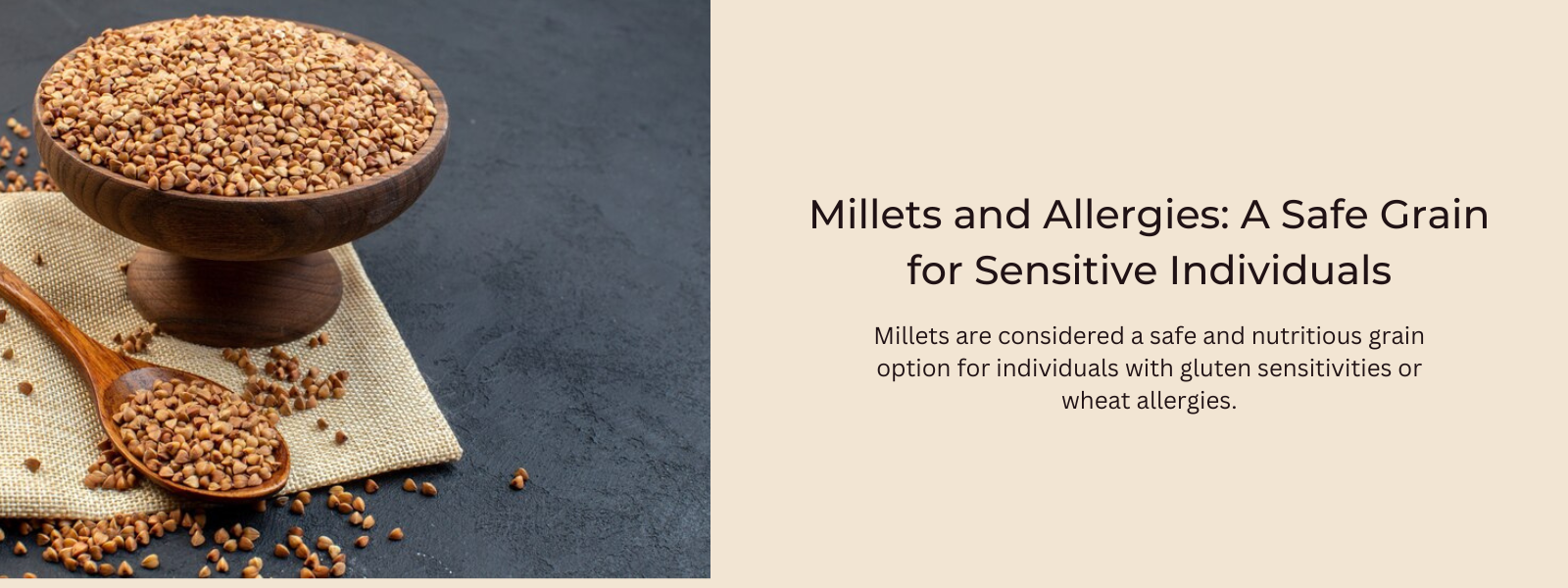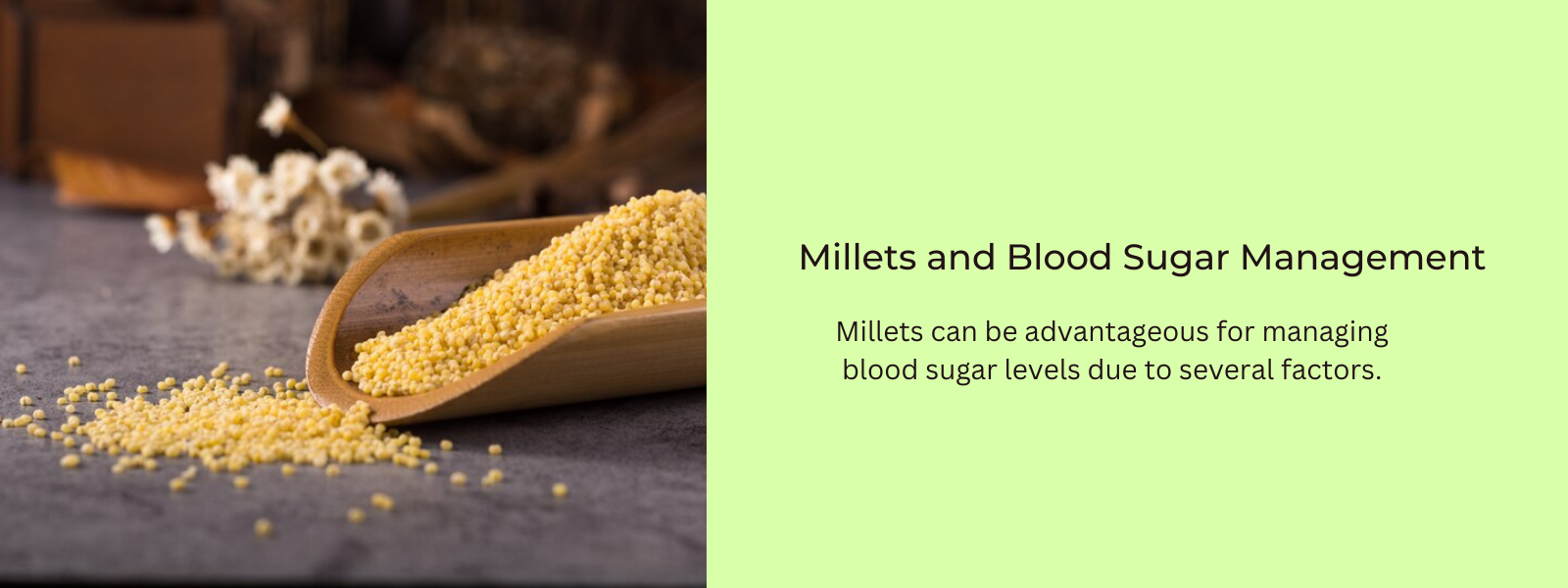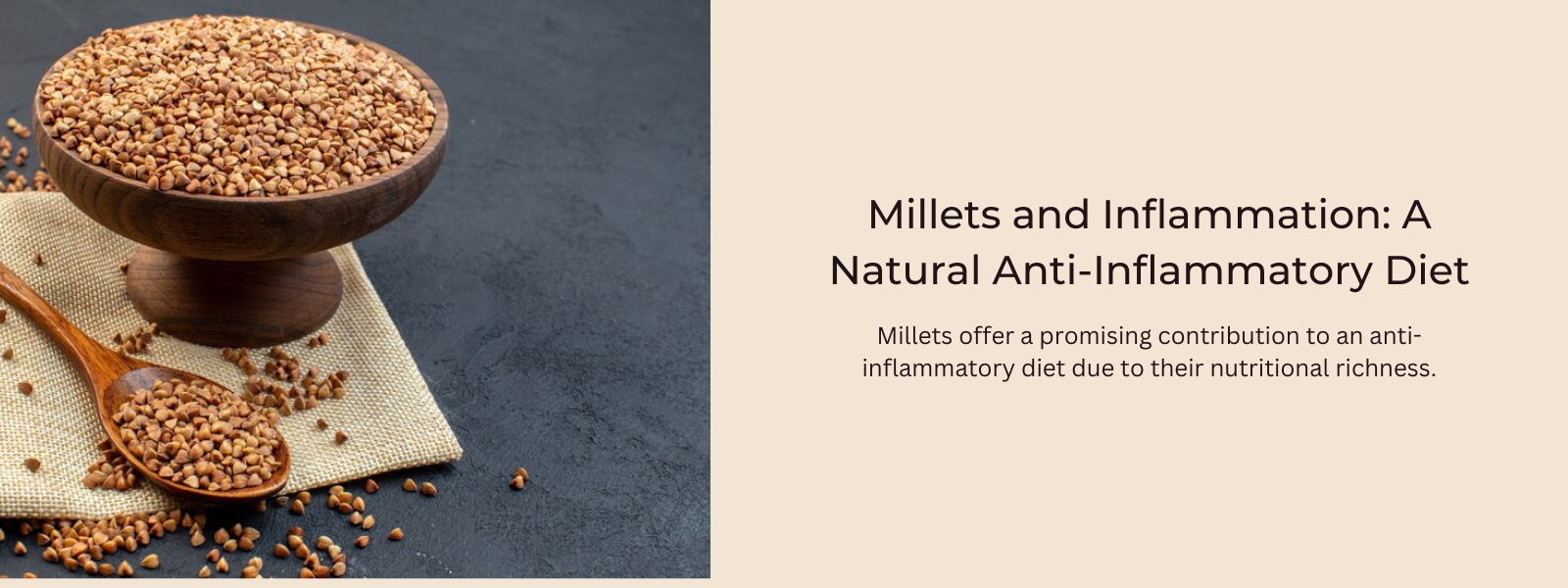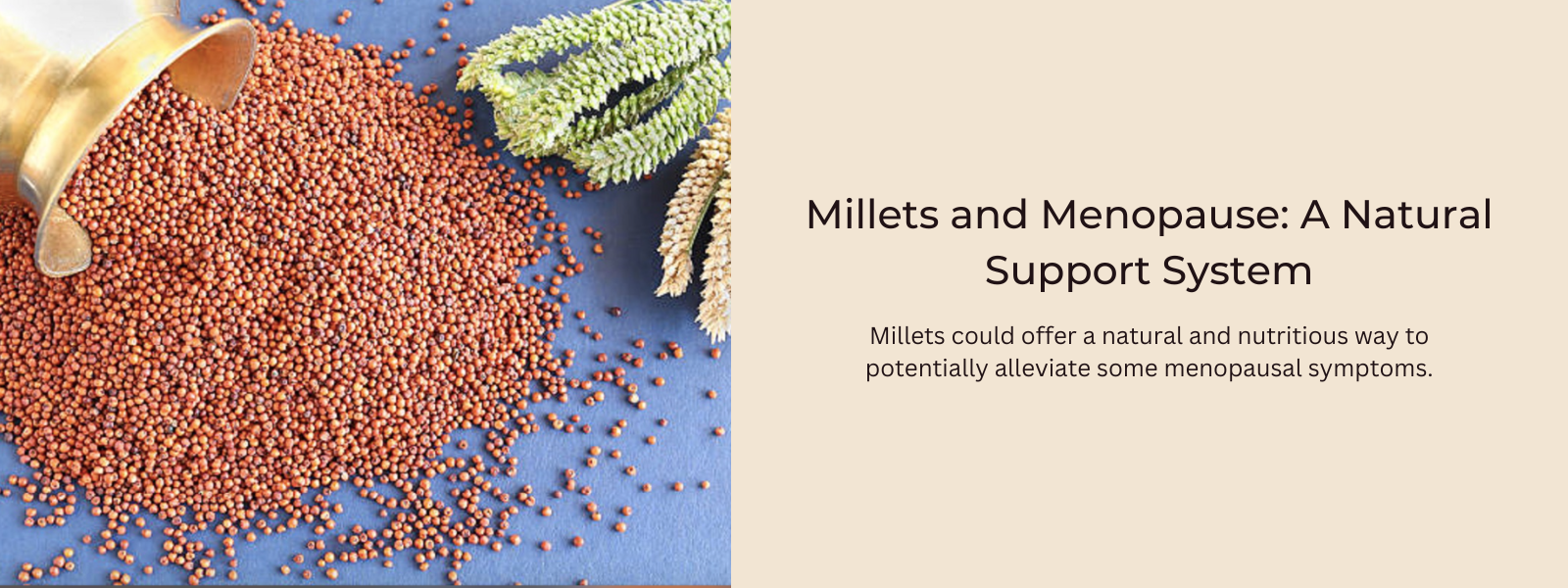Millets are a diverse group of small-seeded grains that have been cultivated for thousands of years across various regions of the world. They offer a multitude of health benefits and are gaining popularity for their nutritional value and versatility in cooking. This article explores different types of millets, their specific health benefits, and practical ways to incorporate them into your daily diet.
Types of Millets
- Pearl Millet (Bajra): Pearl millet is a staple in arid and semi-arid regions of Africa and Asia. It is rich in protein, fiber, and essential minerals like iron, magnesium, and phosphorus. Pearl millet is particularly known for its high iron content, making it beneficial for combating anemia and supporting blood health.
- Finger Millet (Ragi): Finger millet is indigenous to the Ethiopian Highlands and has spread to other parts of Africa and Asia. It is renowned for its exceptional calcium content, which is beneficial for bone health. Finger millet is also rich in iron, making it ideal for improving hemoglobin levels and preventing iron deficiency anemia.
- Foxtail Millet: Originating from China, foxtail millet is a gluten-free grain that is rich in carbohydrates and dietary fiber. It provides moderate amounts of protein and essential minerals such as iron, magnesium, and phosphorus. Foxtail millet is versatile and can be used in various dishes from porridges to pilafs.
- Sorghum (Jowar): Sorghum is grown in tropical and subtropical regions globally. It is rich in antioxidants, dietary fiber, protein, and essential minerals like iron, phosphorus, and potassium. Sorghum has a lower glycemic index compared to wheat, making it suitable for managing blood sugar levels.
- Proso Millet (White Millet): Proso millet is widely cultivated in many parts of the world, including the United States and Russia. It is a good source of carbohydrates, protein, and dietary fiber. Proso millet also provides essential minerals such as magnesium, phosphorus, and potassium.
Health Benefits of Millets
- Digestive Health: Millets are rich in dietary fiber, which promotes digestive health by regulating bowel movements and supporting a healthy gut microbiome. This can help prevent constipation and reduce the risk of gastrointestinal disorders.
- Heart Health: The fiber, potassium, and magnesium content in millets contribute to heart health by lowering cholesterol levels, regulating blood pressure, and reducing the risk of cardiovascular diseases like heart attacks and strokes.
- Weight Management: Millets have a low glycemic index and are rich in fiber, which helps promote satiety and prevents overeating. Including millets in your diet can support weight management goals by keeping you fuller for longer periods and reducing overall calorie intake.
- Blood Sugar Control: The complex carbohydrates in millets are digested slowly, leading to gradual release of glucose into the bloodstream. This helps in stabilizing blood sugar levels and improving insulin sensitivity, making millets suitable for individuals with diabetes or those at risk of developing the condition.
How to Incorporate Millets into Your Diet
- Cooking Whole Millets: Replace rice or wheat with cooked millets like foxtail millet or pearl millet in dishes such as pilafs, stir-fries, or as a side dish.
- Baking with Millet Flour: Use millet flour in gluten-free baking for bread, muffins, pancakes, and cookies to increase nutritional value.
- Making Porridge: Prepare a nutritious breakfast by cooking finger millet or foxtail millet into a creamy porridge topped with fruits, nuts, and honey.
- Salads and Soups: Add cooked millets like sorghum or proso millet to salads for a hearty texture or use them to thicken soups and stews.
- Snack Options: Make snacks like millet granola bars or crispy snacks using popped millets for a healthy alternative.
Conclusion
Millets offer a plethora of health benefits and are a versatile addition to any diet. Whether you are looking to improve digestive health, manage weight, or enhance heart health, millets provide valuable nutrients and can be incorporated into various dishes. By exploring different types of millets and experimenting with cooking methods, you can enjoy their nutritional benefits while diversifying your culinary experience. Embrace millets as a nutritious and sustainable grain choice to promote overall well-being and longevity.











Leave a comment